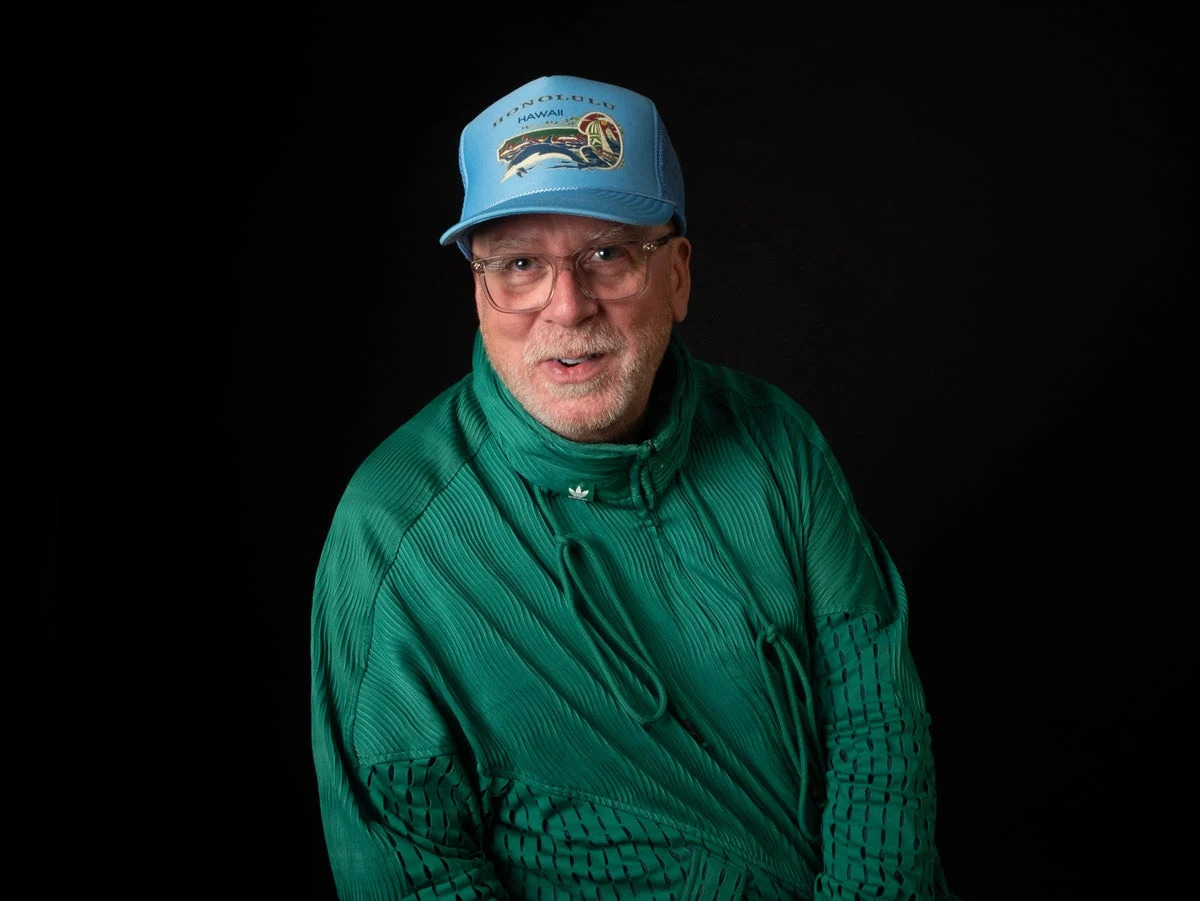The Chilcotin River flows normally, flows peacefully through the beautiful Farwell Canyon near Williams Lake, British Columbia. This flow was drastically interrupted on July 30, when debris from a massive landslide plummeted into the river and formed a kilometre-long dam, blocking the flow. Small landslides often occur on fast flowing rivers, but are seldom large enough to create a dam.
The lake that suddenly formed upstream of the Chilcotin landslide was 11-km long before the dam burst on Aug. 9. The story of this massive, earth moving event is connected to many smaller stories.

The “butterfly effect” was defined by MIT meteorologist Edward Lorenz to describe how seemingly inconsequential events like the flap of a butterfly’s wings could influence weather. As an ecologist, I see the challenge of modelling life’s complexity due to the butterfly effect as very daunting. Still, it is good to chase down the various “butterflies” involved.
The Chilcotin landslide on July 30 was caused by the wing flaps of many connected events. Observations of the instability of the area had been made at least since the 1960s. The substrate is relatively sandy – in fact B.
C.’s largest sand dunes are found in Farwell Canyon. Nearby vegetation has been decimated by logging and forest fires.
More landslides in B.C. are predicted with climate change.
If the water had been released from the new dam too rapidly, downstream effects could have been disastrous. However, it was a best-case scenario in many ways, with a gradual release of the water and the approximately 1-km of debris. Untold thousands of pieces of debris are yet finding their way down the Chilcotin, down the Fraser, and past us here in Langley on the way to the ocean.
The path of each piece of flotsam down the river is again a butterfly effect story. Many concerns remain regarding effects of the Chilcotin landslide on migrating salmon. Modelling salmon populations is itself a long and difficult pursuit of many butterfly effects.
However, as scientists continue the chase, we hope somehow for a happy ending. Earlier this summer I was on a quest to photograph swallowtail butterflies, but all of them eluded me until one particular swallowtail near Prince George posed for a photo. As someone once said: “Happiness is like a butterfly: the more you chase it, the more it will elude you.
But, if you turn your attention to other things, it will come and sit softly on your shoulder.”.



















